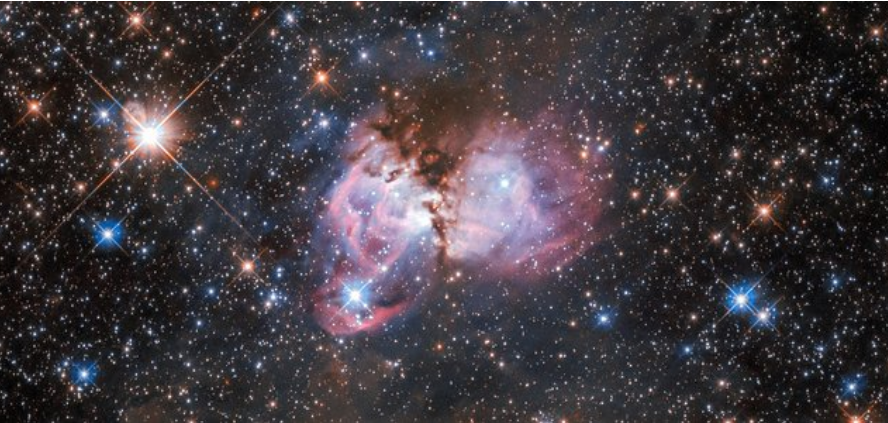
From helping catalyze interstellar reactions and fueling the birth of stars to its presence in neighborhood gas giants like Saturn and Jupiter, trihydrogen, or H3+, is best known as the “the molecule that made the universe.”
While we have a clear picture of how the majority of H3+ is formed—a hydrogen molecule, or H2, colliding with its ionized counterpart, H2+—scientists are keen to understand alternative sources of H3+ and to better measure its abundance throughout the cosmos...
Read More









Recent Comments